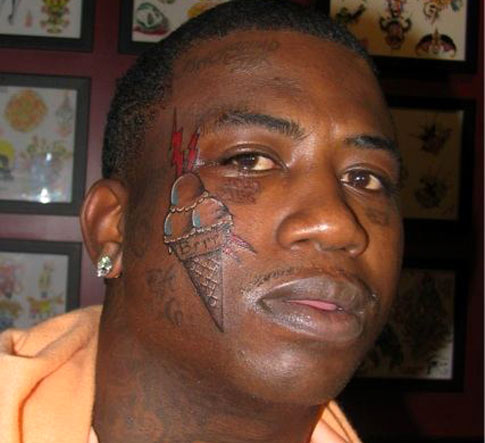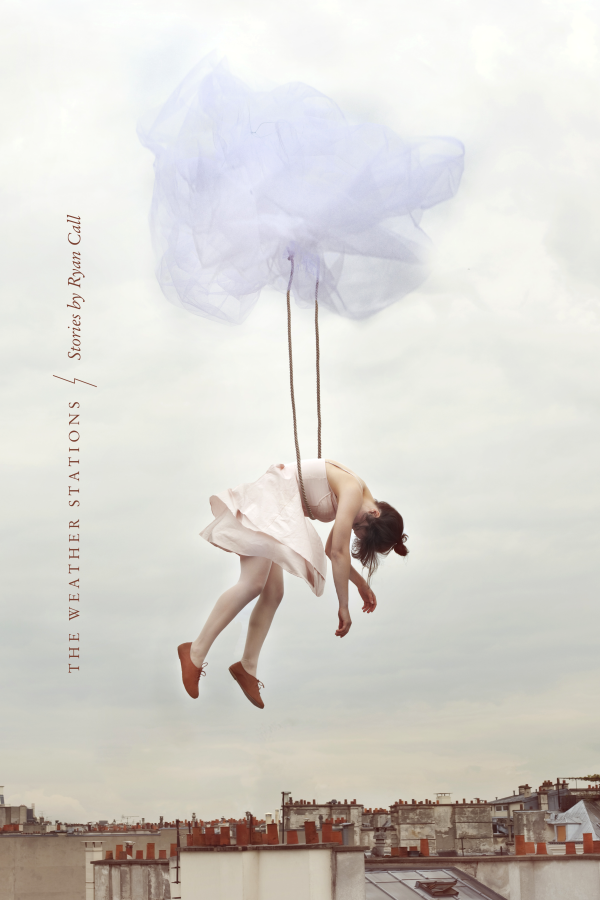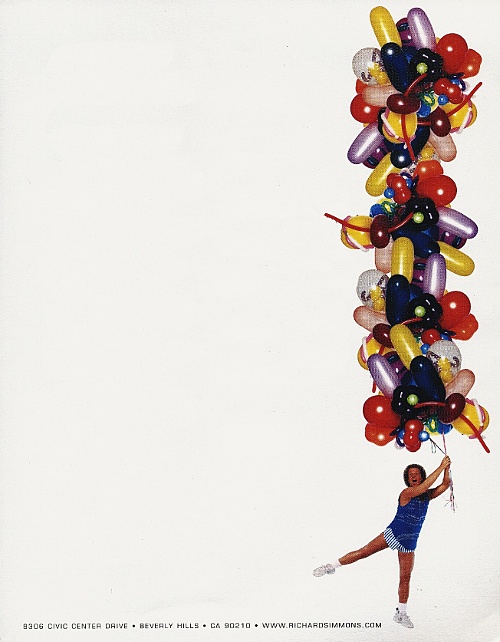Blake Butler
http://www.gillesdeleuzecommittedsuicideandsowilldrphil.com/
Blake Butler lives in Atlanta. His third book, There Is No Year, is forthcoming April 2011 from Harper Perennial.
http://www.gillesdeleuzecommittedsuicideandsowilldrphil.com/
Blake Butler lives in Atlanta. His third book, There Is No Year, is forthcoming April 2011 from Harper Perennial.
Mega congratulations to Amelia Gray on selling her third book, tentatively titled THREATS, to FSG! What you know about dat????????? Screwed up clique on the rise.
 Late last year Keyhole Press released a short book of fiction about black metal by Matthew Simmons, The Moon Tonight Feels My Revenge. Given its heavy inspiration, the texts employ a surprising and refreshing mix of thoughts about creation and duress, delivered in the eye that only Mr. Simmons could pull off. Over the past month Matthew kindly answered some q’s about the book.
Late last year Keyhole Press released a short book of fiction about black metal by Matthew Simmons, The Moon Tonight Feels My Revenge. Given its heavy inspiration, the texts employ a surprising and refreshing mix of thoughts about creation and duress, delivered in the eye that only Mr. Simmons could pull off. Over the past month Matthew kindly answered some q’s about the book.
* * *
BB: How did this book begin? Was it your intention specifically to write a book about black metal, or did a specific story come first?
MS: I wrote a couple of one-man black metal band pieces for my blog a while back. (I think I was just writing about black metal bands and then noticed that all the ones I liked and wanted to write about were made up of one guy.) When I got together with Keyhole for the collection coming out next year, Peter asked if I had something shorter, a couple of stories that weren’t going to be in that collection, that we could gather and publish in a little minibook. I had a few, and I decided to use the short black metal pieces as a gathering principle and as little breaks between longer stories that, though not explicitly about one man black metal bands, felt like cousins to them. The three full stories in the book feature three individuals who isolate or world build or reject collaboration.

“The idea that art copies nature is a fatal misconception. Art has always operated against nature and for reason.”
“Surely you don’t think that a stupid demonstration of brushwork, or of the rhetoric of painting and its elements, could ever achieve anything, say anything, express any longing.”
“I never worked at painting as if it were a job; it was always out of interest or for fun, a desire to try something.”
“I have to have a mental picture, an image, to start. I never reach this image, but it’s good to begin with it.”
“Form is all we have to help us cope with fundamentally chaotic facts and assaults. Formulating something is a great start. I trust form, trust my feeling or capacity to find the right form for something. Even if that is only by being well organized. That too is form.”
“Strange though this may sound, not knowing where one is going, being lost, being a loser, reveals the greatest possible faith and optimism, as against collective security and collective significance. To believe, one must have lost God; to paint, one must have lost art.”
“I want to leave everything as it is. I therefore neither plan nor invent; I add nothing and omit nothing. At the same time, I know that I inevitably shall plan, invent, alter, make and manipulate. But I don’t know that.”
“I don’t create blurs. Blurring is not the most important thing: nor is it an identity tag for my pictures. When I dissolve demarcations and create transitions, this is not in order to destroy the representation, or to make it more artistic or less precise. The flowing transitions, the smooth, equalizing surface, clarify the content and make the representation credible (an alla prima impasto would be too reminiscent of painting, and would destroy the illusion).”
“When I first painted a number of canvases grey all over I did so because I did not know what to paint, or what there might be to paint: so wretched a start could lead to nothing meaningful. As time went on, however, I observed differences of quality among grey surfaces, and also that these betrayed nothing of the destructive motivation that lay behind them. The pictures began to teach me. By generalizing a personal dilemma, they resolved it. Destitution became a constructive statement; it became relative perfection, beauty, and therefore painting.”
“How could one be in this world without feeling dismayed by it? Even if one paints flowers and gingerbread.”
“Talk about painting: there’s no point. By conveying a thing through the medium of language, you change it. You construct qualities that can be said, and you leave out the ones that can’t be said but are always the most important.”
“It is hard, say, to cross out six different numbers on a Lotto ticket in such a way that the arrangement looks convincing. And yet the sequence that emerges after the numbers are drawn seems entirely right and credible in every way.”
Q: What painters have you learned from?
A: “From every one that I know.”
“What I’m attempting in each picture is nothing other than this.. to bring together in a living and viable way, the most different and the most contradictory elements in the greatest possible freedom.”

Flex Sex Drugs Money Cars Clothes Plenty of Women & Ice Cream
1. The 47th issue of Slope is up and live and overflowing with yes.
2. For NYers, on Feb 2, hit up the release party for Deb Olin Unferth’s new memoir, REVOLUTION: The Year I Fell in Love and Went to Join the War, co-hosted by the Believer. She’ll be discussing the book with Believer co-editor Heidi Julavits. 7–9pm at Powerhouse Arena.
3. Luca Dipierro has released an object made of paper full of drawing called DAS DING.
4. Redivider is running their first annual fiction contest, open until March 1
5. At Thought Catalog, The Different Types of People There are on the Internet.
I’ve been waiting for this one for a long time and it is finally here:

Available for preorder now from Caketrain for only $8, or together with any of Caketrain’s beautiful single author editions for $12.
The Rumpus is now offering a monthly delivery of a mystery package to your home, which is like 12 months of Christmas Days repeating: check it.
Archive of interesting letterhead designs from famous folks at Letterheady:


If you’re in NYC, tonight at 7 PM Vol. 1 Brooklyn will be hosting a panel on 90’s punk in Williamsburg, info here.